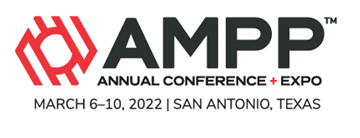Search
ILI Validation – Overview And Case Studies
Also Purchased
Guidelines For The Collection Of Reliable And Practicable ECDA Indirect Inspection Data
Product Number:
51322-17978-SG
Publication Date:
2022
$20.00
Validating ILI run with and without Data Loss
Product Number:
MPWT19-14353
Publication Date:
2019
$0.00
Recently viewed




